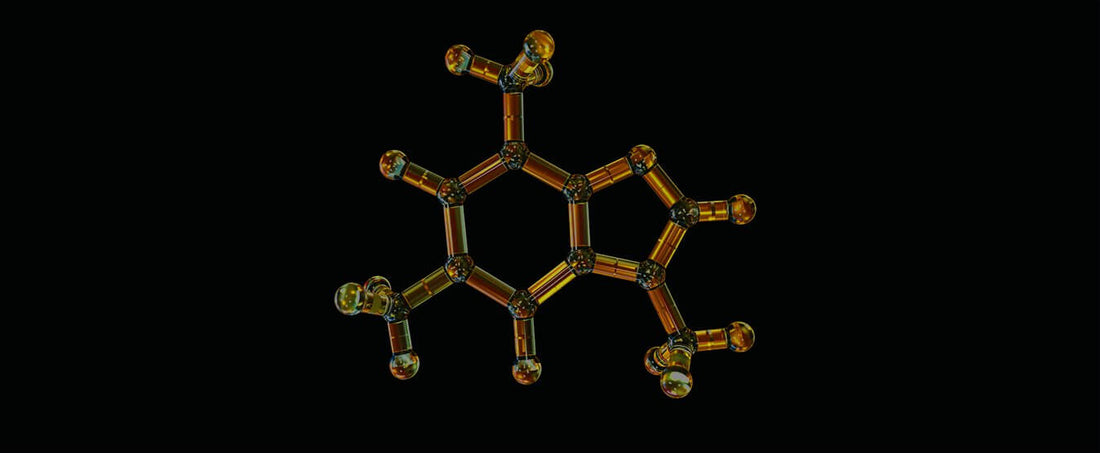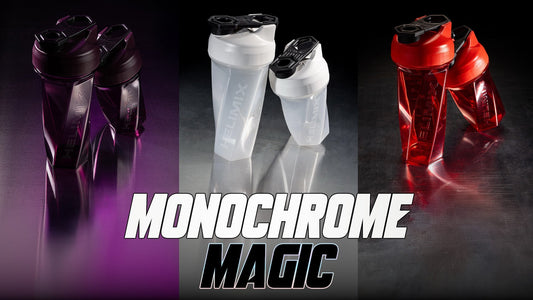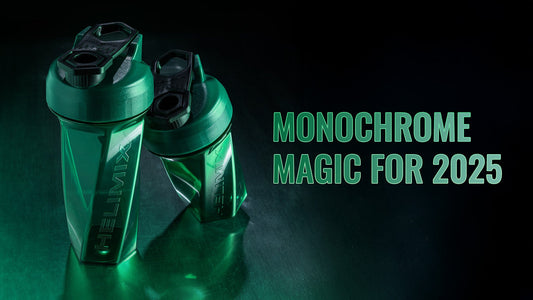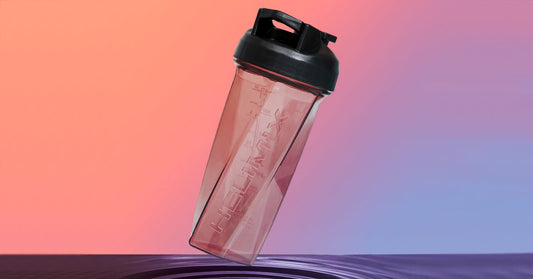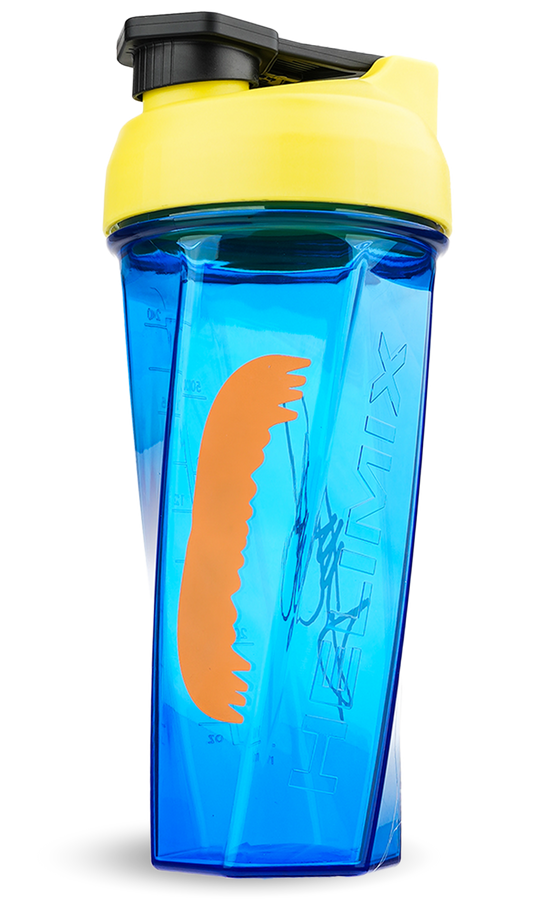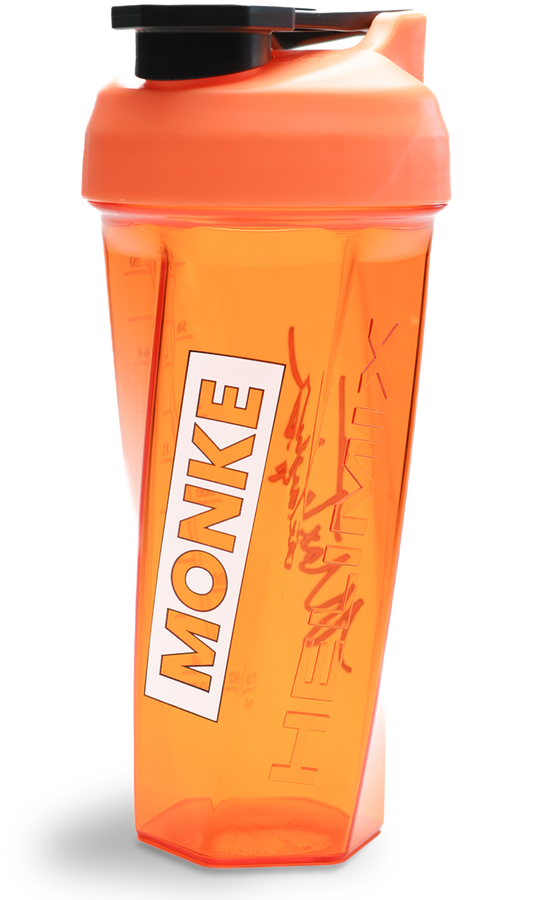Among the types of supplements used to boost performance in the gym, one of the most common is caffeine. The effects of caffeine are well known in today’s world, and are widely relied upon for daily life both inside and outside the gym. Caffeine has been shown to increase alertness, boost mental focus, elevate mood, stimulate fat burning, and delay fatigue and muscle pain. Caffeine directly affects the central nervous system by stimulating spinal cord excitability and muscle fibers. These effects make caffeine a highly beneficial addition to your workout mix. Knowing how to use caffeine to your advantage will help you maximize your gym performance and start seeing the progress you want.
How Much To Use
The amount of caffeine that works best really depends on the individual. Some may have a lower tolerance than others and will only need small doses to feel a noticeable difference. A dose of 20 mg tends to be when the effects start to be felt. If you’ve never used caffeine before it’s best to start small and to work your way up. The benefits of caffeine have been shown to max out at around 200 mg for most people, after which performance can start to decrease. You can experiment and see which dosage appears to work best for you, although once you’ve gotten used to using caffeine and have worked your way up in dosage, try to plateau your dose at around 200 mg.
When To Use
Caffeine can start to take effect quickly, and peaks in your bloodstream around 60-90 minutes after consumption. Because of this, it’s best to consume caffeine about an hour before your workout begins. However, caffeine has a decently long half-life of about six hours, meaning that you will be feeling the effects equivalent to half the dose you took six hours prior. If your workouts are planned for the evening, you may need to consume caffeine two to three hours before your workout to avoid disrupting your sleep cycle.
Modes of Caffeination
The first thing that likely pops into your head when you think of caffeine is coffee, and for good reason too: six ounces of drip coffee can contain 60-180 mg of caffeine depending on the bean type and roaster. Espresso contains 70-80 mg per 1.5 ounce shot.
Tea is another common caffeinated beverage. While containing less than coffee, tea still packs a decent punch with 40-80 mg per cup depending on the type.
Powders and capsules of caffeine are available if you want to add your preferred dose of caffeine supplements to your protein shakes or workout supplement mixes. What’s nice about this option is that you can add just the amount that is right for you, without wondering if you’ve overdone it.
You can also find edible carbohydrate gel packs made for athletes, some of which contain caffeine.
Other common sources of caffeine include sodas and energy drinks. However, being serious about health and fitness means avoiding these types of beverages, especially before workouts.
Potential Risks
Since caffeine is a diuretic, is can cause some dehydration. Most drinks such as coffee or tea have plenty of water to make up for this, but it’s still best to increase your water consumption if you are using caffeine. If you are using gels or simply taking capsules, you should always pair it with a glass of water.
Using too much caffeine can easy to do if you’re not paying attention. If you consume more than 400 mg of caffeine per day, you start to experience symptoms such as anxiety, insomnia, and potentially dependence.
Figure out which routine of caffeine consumption works best for you, whether it’s by adding some to your Helimix shaker cup or simply sticking to your favorite coffee. If you’re using caffeine properly, you will start to experience boosted progress in the gym, as well as your day to day tasks.


